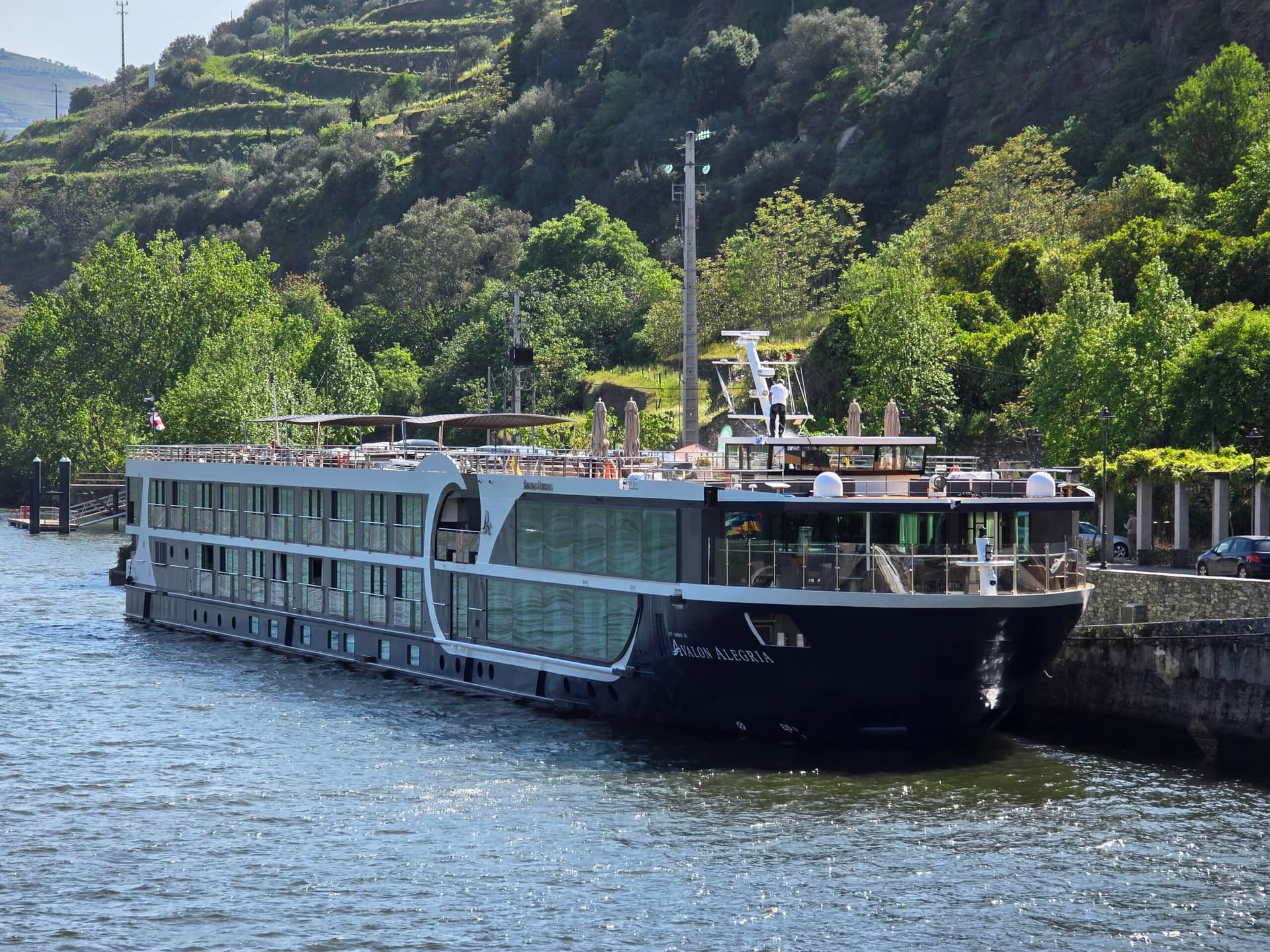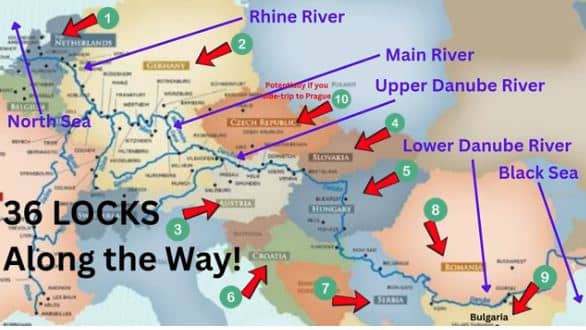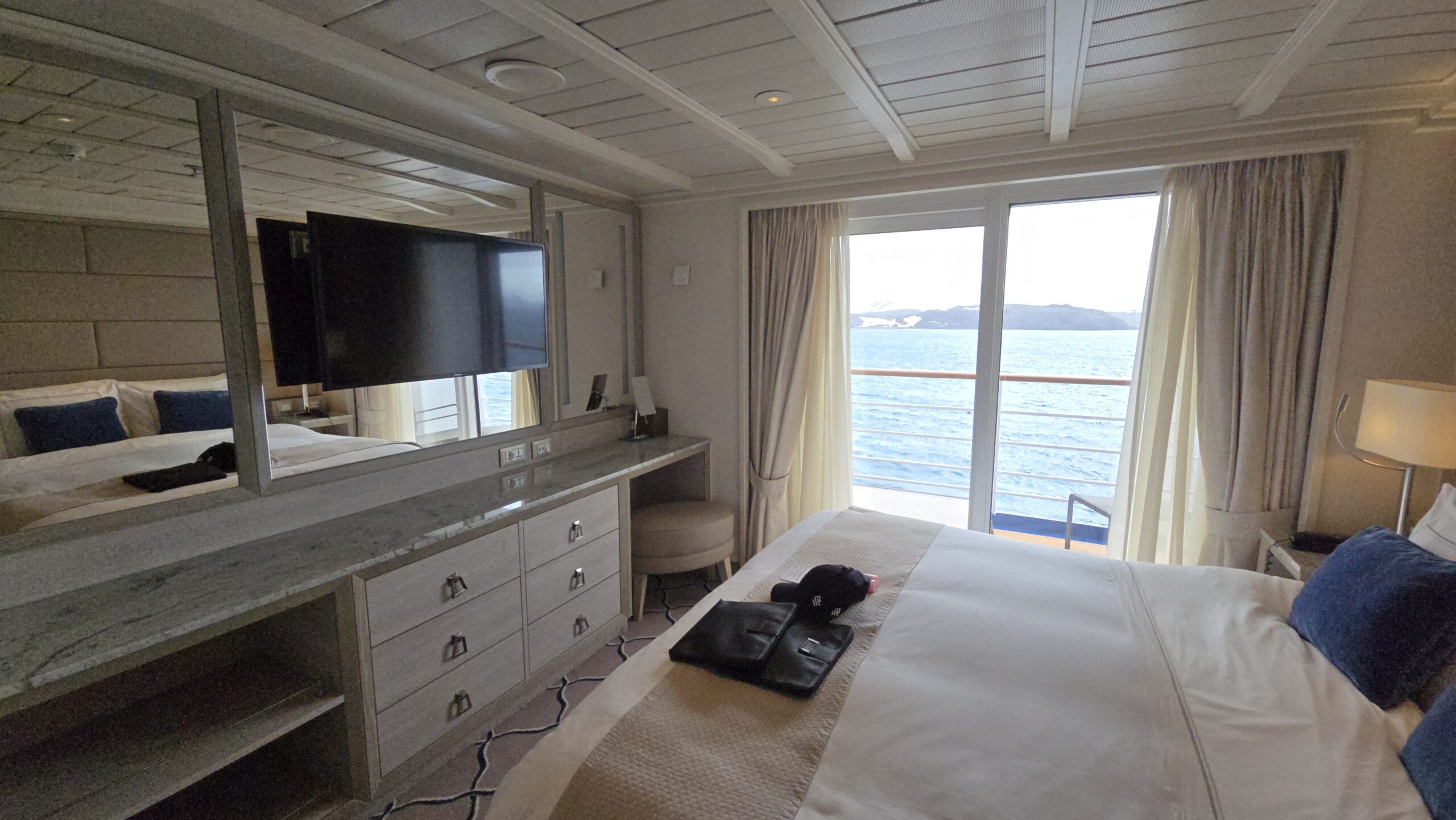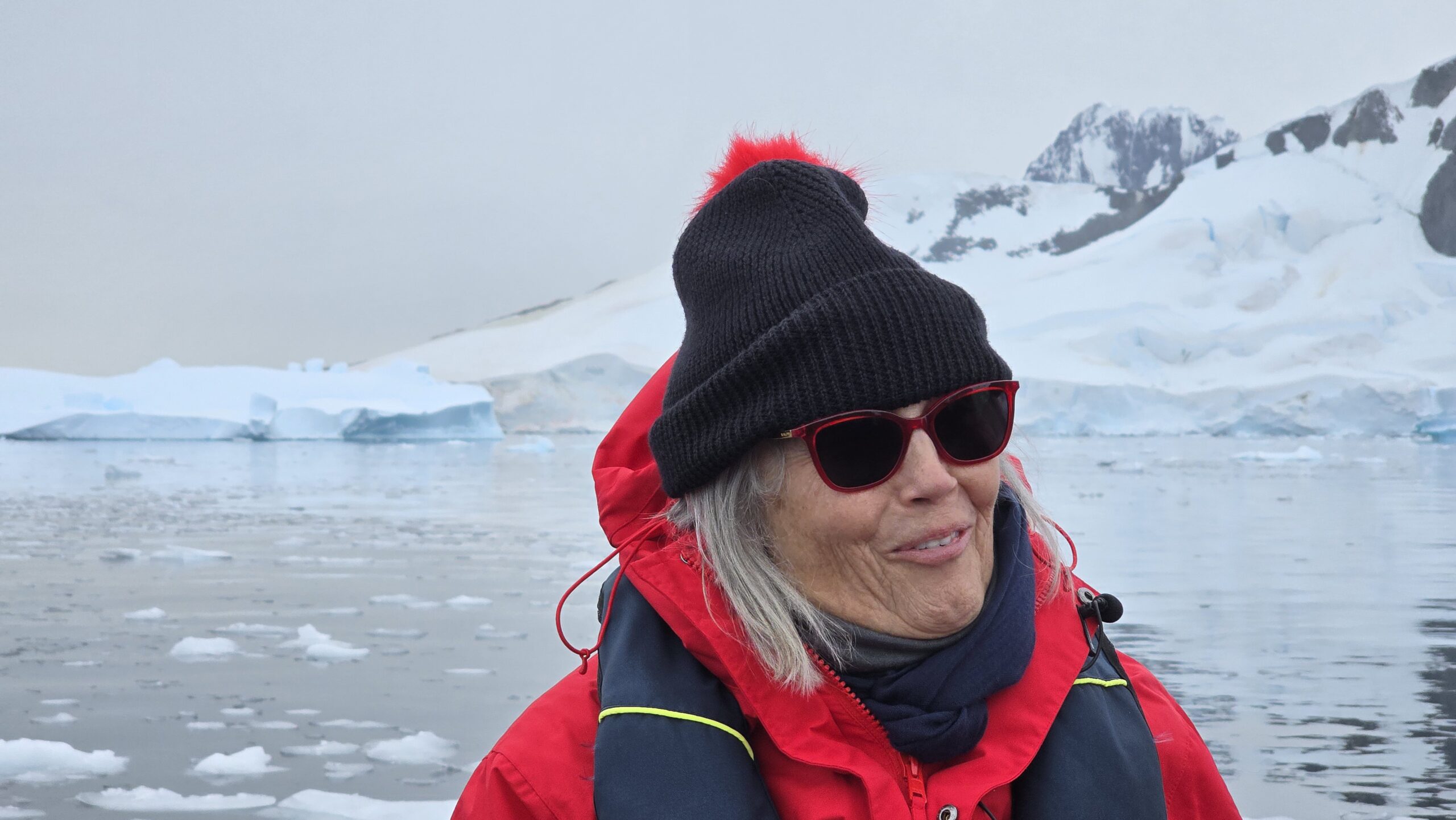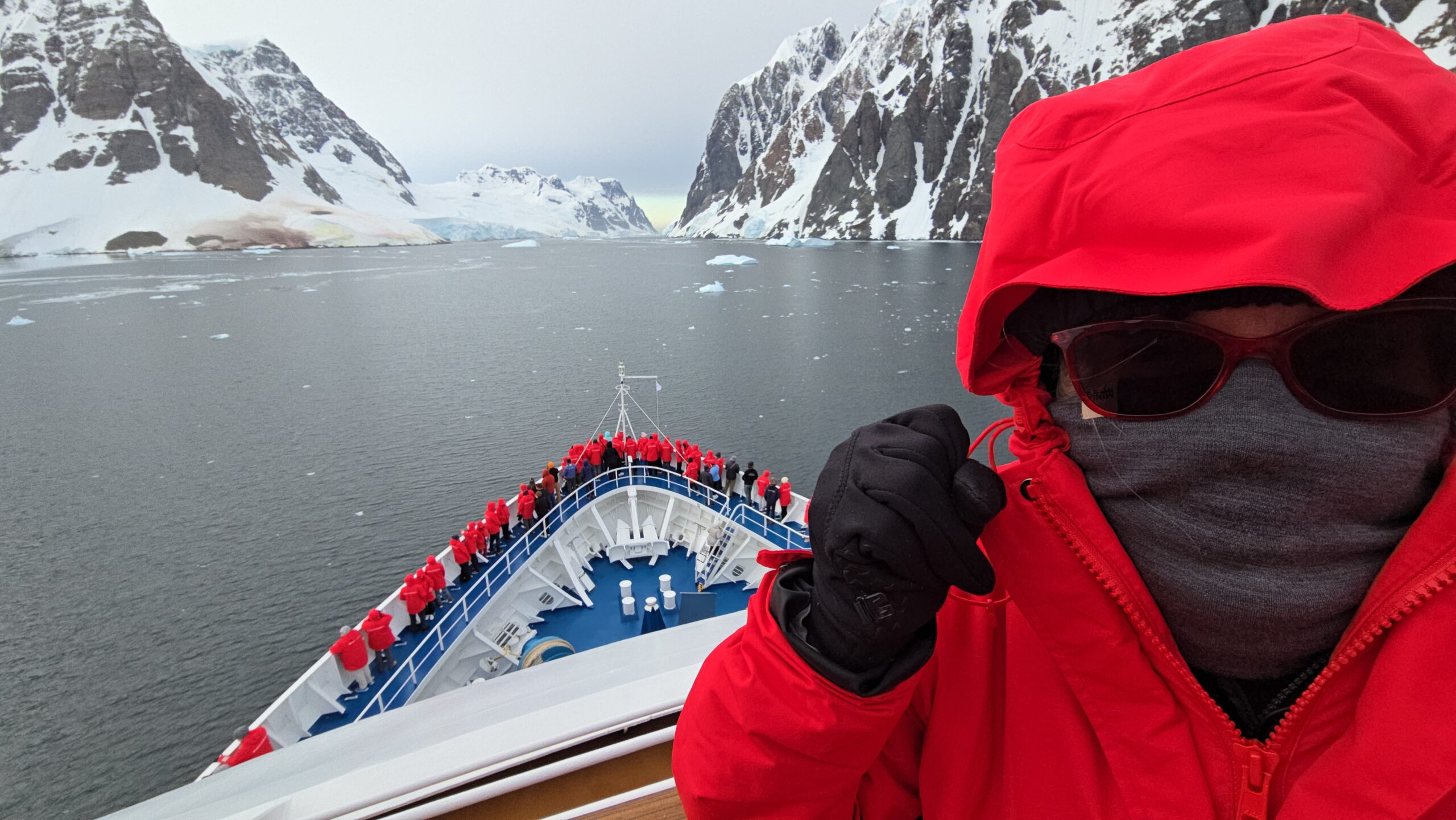
Hey Travelers! If you’re looking to get the most out of your trip to Antarctica, you’re in for an adventure. The magic of this incredible destination isn’t just about showing up; it’s about planning and preparation. Antarctica is unpredictable, and that’s what makes it so special. In this blog, we’ll dive into the essential aspects of planning your Antarctica cruise, preparing for the unexpected, and experiencing the breathtaking beauty and wildlife of this frozen wonderland.
The Importance of Planning
Before you embark on this journey, it’s vital to understand that planning is key. While nothing is guaranteed, a well-thought-out plan certainly increases your chances of having an unforgettable experience. Let’s break down the planning process into four main topics:
- Choosing the right type of cruise and vessel
- Itinerary considerations
- Wildlife viewing opportunities
- Landscape expectations
In addition, we’ll explore the preparation needed for the trip, focusing on weather, flexibility, and packing. Throughout, I’ll sprinkle in some of my own incredible adventures in Antarctica!
 Choosing the Right Cruise
Choosing the Right Cruise
When it comes to cruising in Antarctica, your first decision is choosing the right type of cruise. There are two main options: classic cruising and expedition cruising.
Classic Cruising
Classic cruising is what most people think of when they hear “cruise.” These are typically offered by well-known brands like Princess, Norwegian, and Holland America. On a classic cruise, you’ll experience Antarctica from the deck of your ship, viewing wildlife and landscapes from a distance. While this option is perfect for passengers with mobility issues or those on a budget, it does not involve stepping foot on the continent itself.
Expedition Cruising
On the other hand, expedition cruising is a more immersive experience, which I personally enjoyed. While it is generally more expensive, it allows you to truly engage with the environment. Expedition ships are smaller, accommodating fewer passengers and allowing for more intimate excursions. The International Association of Antarctic Tour Operators (IAATO) regulates the number of visitors allowed to land at each site, limiting it to 100 guests at a time and a maximum of 200 per day. This is where the size of your ship significantly impacts your experience.
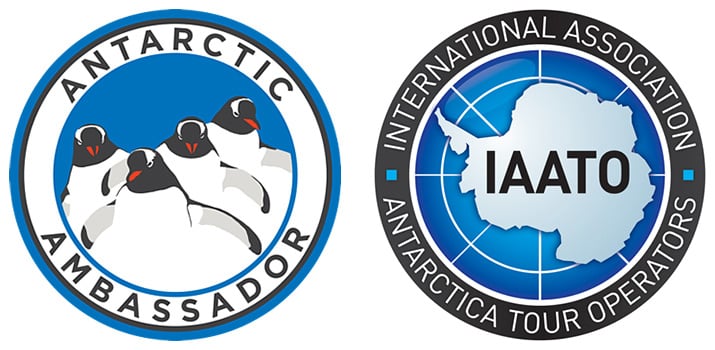
With expedition cruising, you can participate in land-based excursions known as wet landings, where you’ll need waterproof pants and boots. Your zodiac will pull up to shore, and you’ll step into the rugged beauty of Antarctica itself.
Planning for Wildlife
Wildlife viewing is a major highlight of any trip to Antarctica. Timing is crucial when planning your excursions. Penguins, for instance, can be seen throughout the season, but if you want to witness specific behaviors like breeding, nesting, or baby chicks emerging, you’ll need to plan your visit accordingly.
It’s said that you can often smell penguins before you see them, as they tend to… well, let’s say, “go” quite frequently! And if whales are your priority, you’ll want to be aware of their active seasons too.
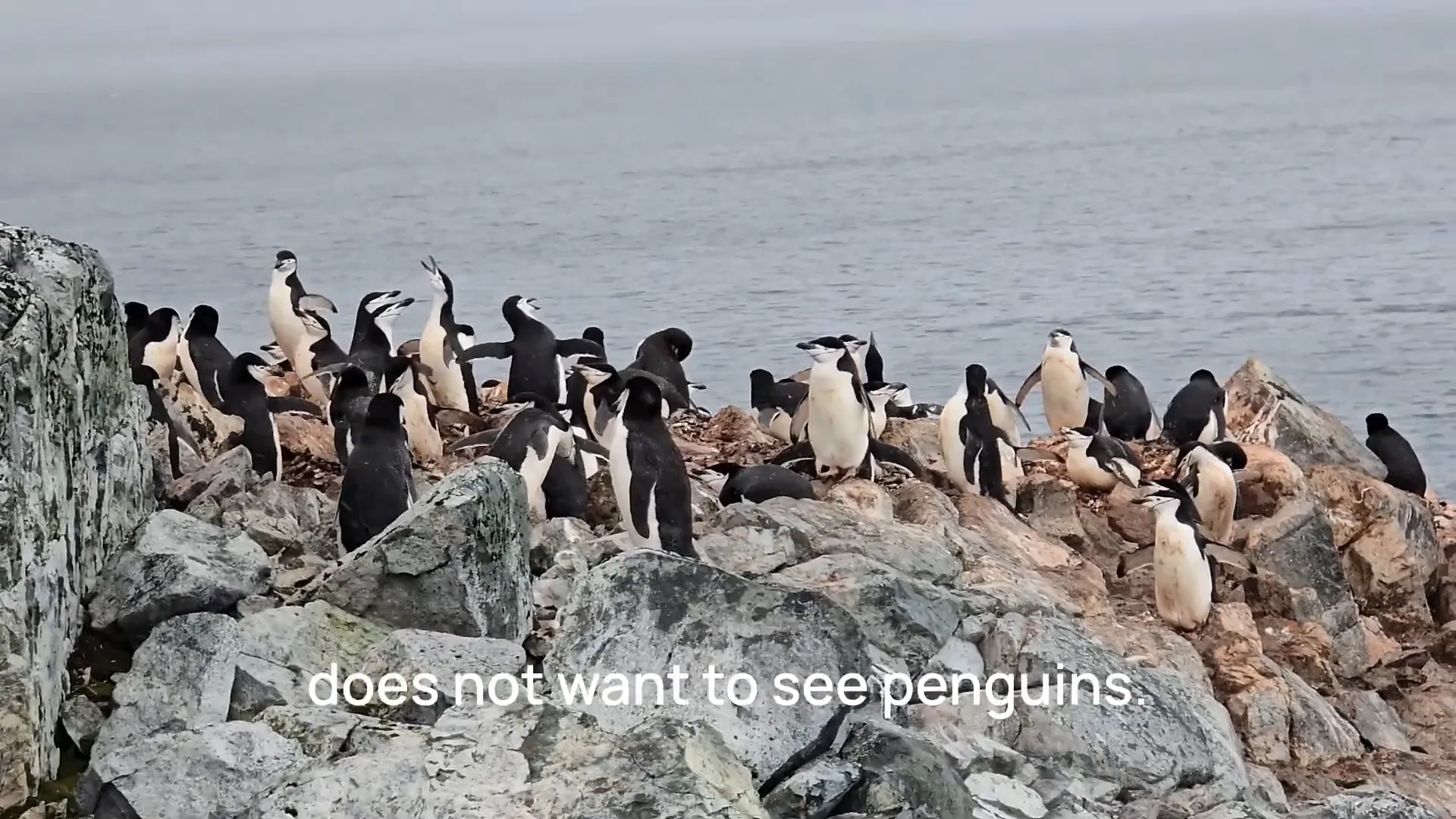
During one of my trips, I had an incredible encounter with a leopard seal while observing a group of penguins. This unplanned moment was priceless and a perfect example of how unpredictable yet rewarding wildlife experiences can be in Antarctica.
Unbelievable Scenery
When most people think of Antarctica, they envision endless white landscapes. However, the reality is that the scenery can vary greatly depending on the time of year. As temperatures rise later in the season, you may encounter muddy paths and a somewhat brownish landscape.
Timing your visit can greatly affect what you see, so consider what you want your Antarctic experience to look like. The scenery is always stunning, but make sure your expectations align with the reality of your visit.

Weather and Daylight
Antarctica’s tourism season runs from November to March, during which you can experience nearly 24 hours of daylight. This extended daylight offers more opportunities for wildlife viewing and exploration.
Packing for an expedition cruise can be straightforward, as comfort is key. I chose to rent some bulky gear like waterproof boots and pants through the cruise line, making my packing much easier.
Flexibility is Key
One of the most important lessons I learned is to remain flexible. The itineraries you see in brochures are suggestions and can change based on weather conditions, wildlife health, and other factors. Being prepared for adjustments can help spare you from disappointment.
For example, on one trip, a passenger required medical evacuation, which delayed our schedule by 36 hours. However, the captain and expedition team turned this setback into an opportunity for an unplanned excursion to Deception Island, a fascinating volcanic caldera.
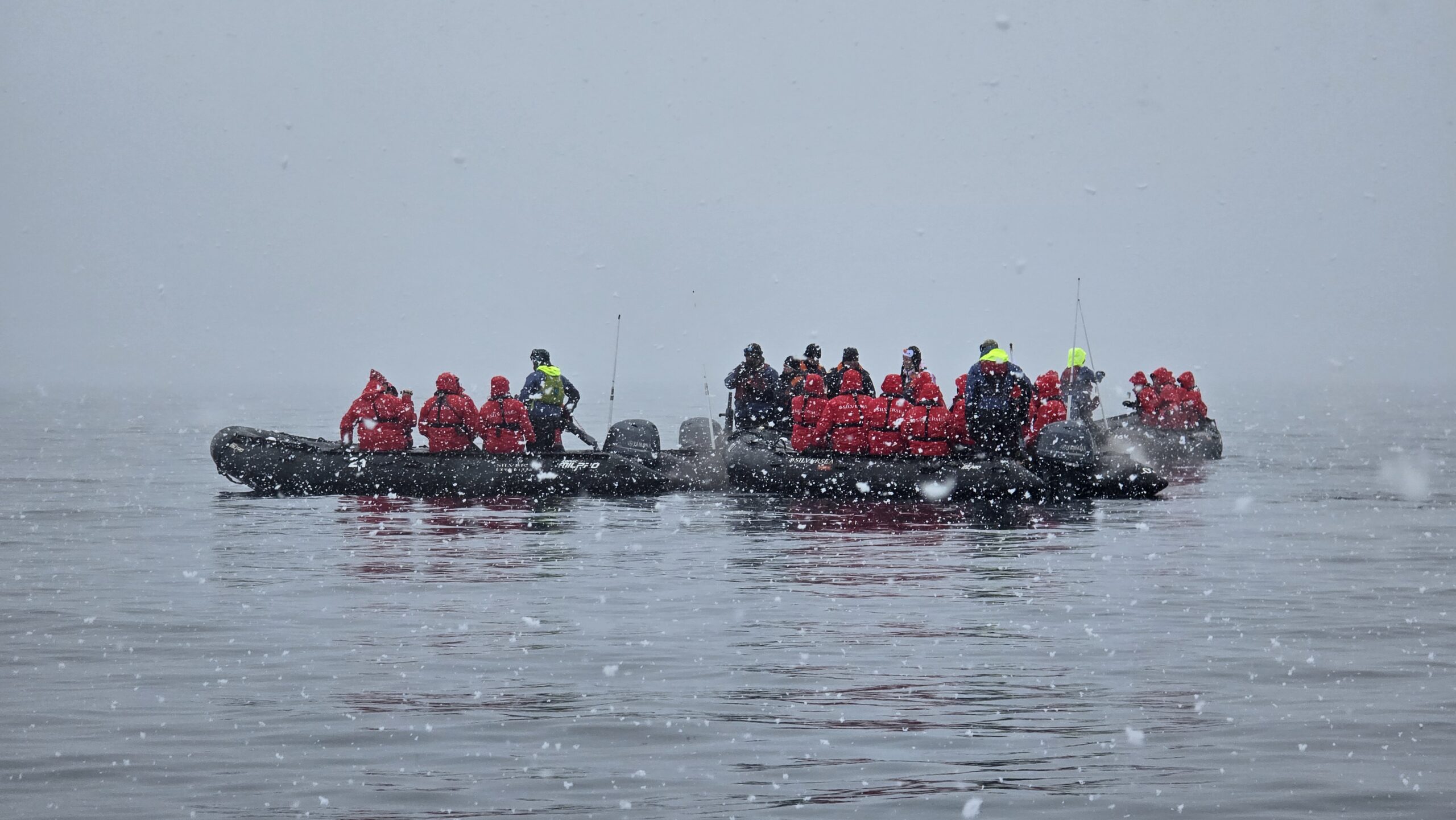 Additionally, a smooth crossing of the Drake Passage allowed us to arrive in Antarctica 18 hours earlier than expected, leading to even more unplanned adventures!
Additionally, a smooth crossing of the Drake Passage allowed us to arrive in Antarctica 18 hours earlier than expected, leading to even more unplanned adventures!
Conclusion: Expect the Unexpected
Antarctica is a land of surprises, and that’s what makes it so special. While planning is essential, embracing the unexpected can lead to some of the most memorable moments of your journey. From wildlife encounters to stunning landscapes, each day brings a new adventure.
I hope this guide helps you prepare for your own Antarctic cruise. Don’t forget to check out more travel stories and tips on my YouTube channel, where I share my adventures and insights from around the globe. Happy travels!



